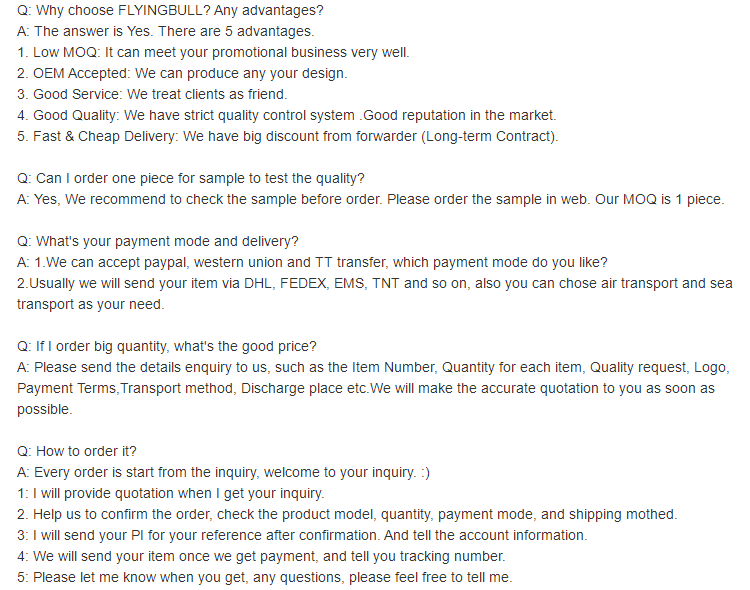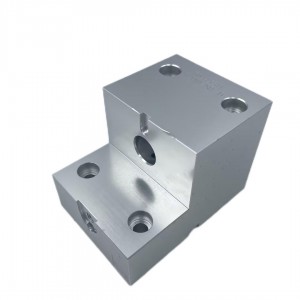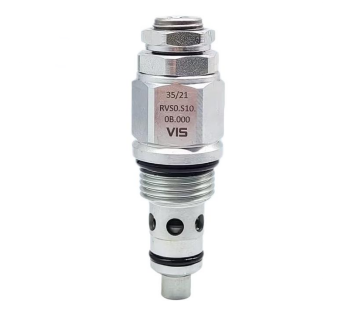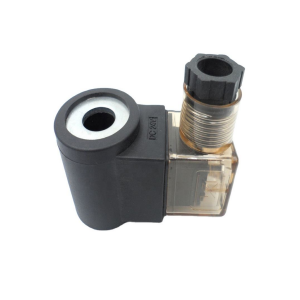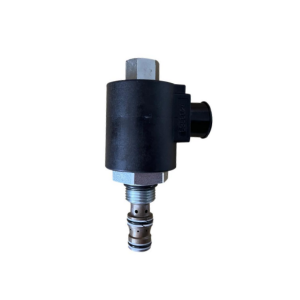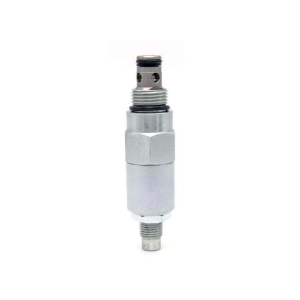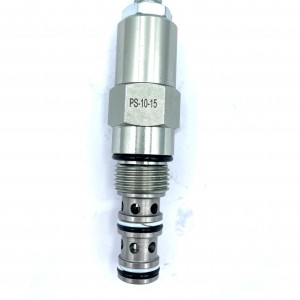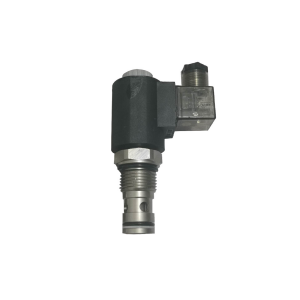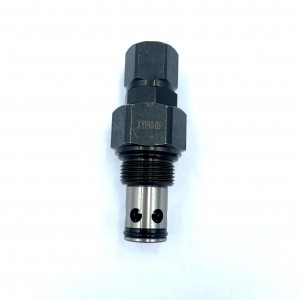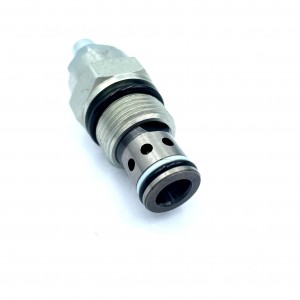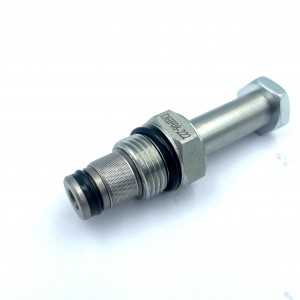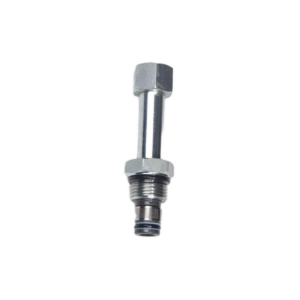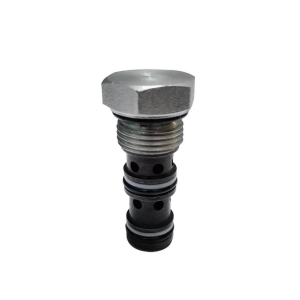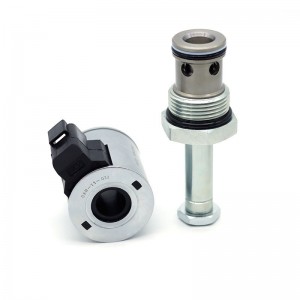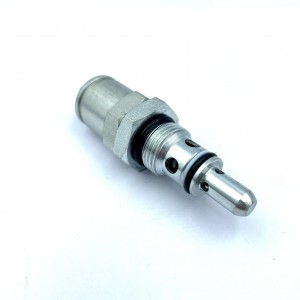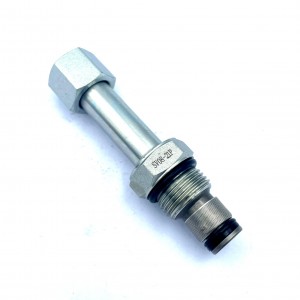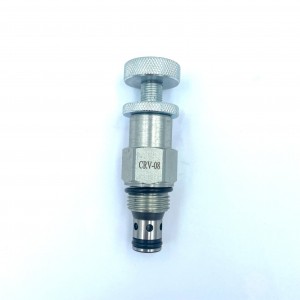Cylinder hydraulic lock hydraulic element valve block DX-STS-01053B
Details
Sealing material:Direct machining of valve body
Pressure environment:ordinary pressure
Temperature environment:one
Optional accessories:valve body
Type of drive:power-driven
Applicable medium:petroleum products
Points for attention
The basic concept and classification of valve block are introduced
1. Basic concept of valve block
A valve block is a device that controls fluid flow and is usually composed of a valve body, a valve cover, a spool and a sealing element. It can control the channel of the fluid by opening or closing, so as to achieve the adjustment of flow, pressure and temperature parameters.
2. Classification of valve blocks
According to different use scenarios and functional requirements, valve blocks can be divided into many types. Common ones are as follows:
(1) Manual valve block: through manual operation to control the opening and closing of the fluid channel, suitable for simple flow control.
(2) Electric valve block: through electric drive to achieve the opening and closing function, can be remotely controlled, and has higher accuracy and stability.
(3) Pneumatic valve block: The use of air pressure to drive the spool movement, suitable for high frequency operation and large flow control.
(4) Hydraulic valve block: The use of liquid pressure to drive the spool movement, with high pressure capacity, suitable for large flow and high pressure control.
(5) Solenoid valve block: through the electromagnetic force to control the valve spool opening and closing, often used in liquid or gas automatic control system.
(6) Diaphragm valve block: The use of elastic diaphragm to achieve the opening and closing function, suitable for scenarios with high fluid pollution requirements.
Product specification
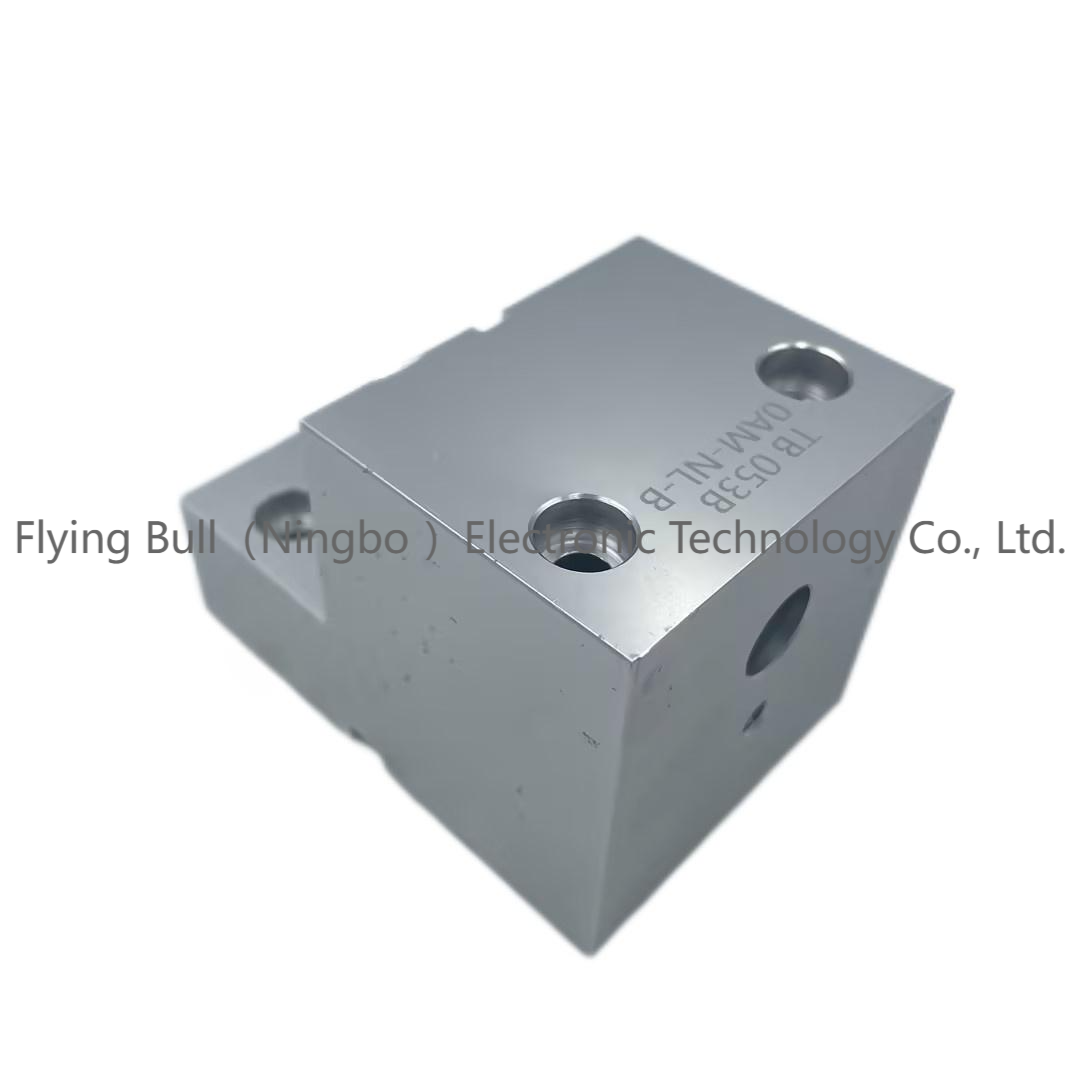
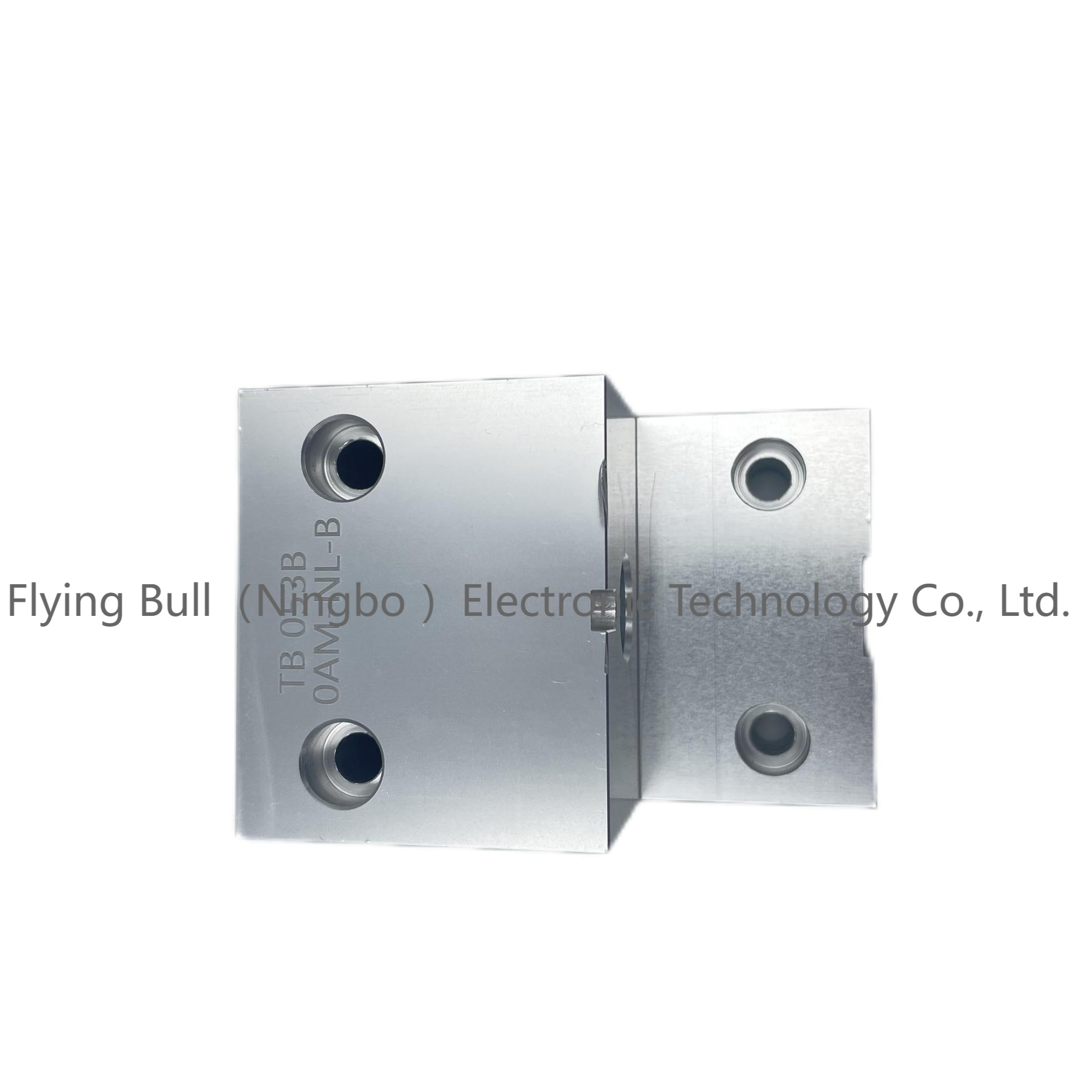
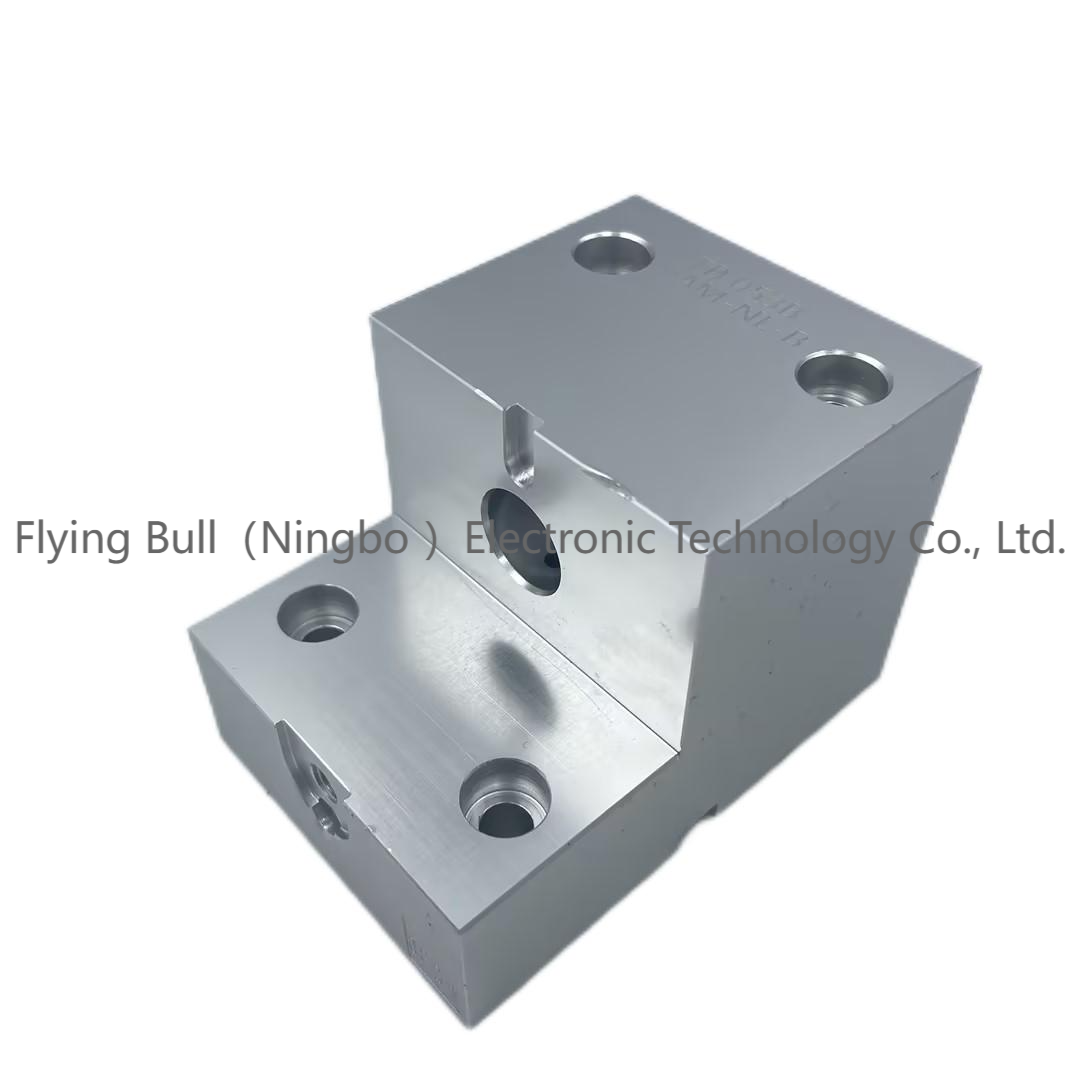
Company details








Company advantage
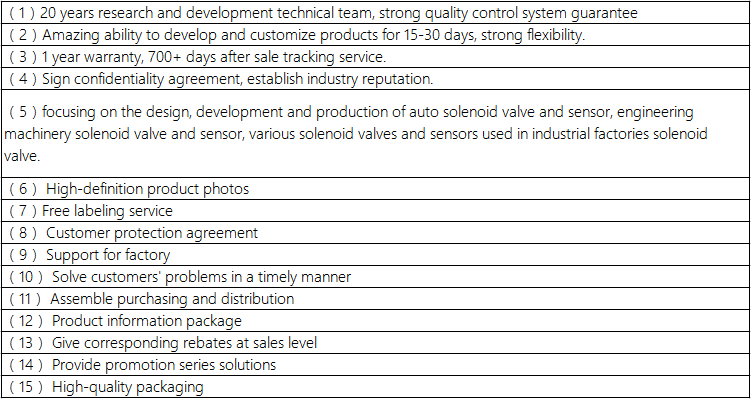
Transportation

FAQ
